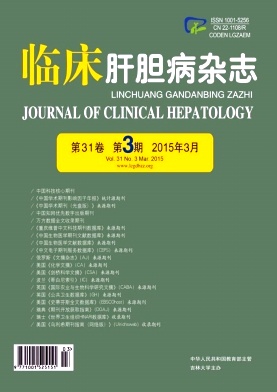Precise and quantitative assessment of the severity of liver fibrosis is of great value for confirming diagnosis,making treatment decision,monitoring treatment outcome,and determining prognosis. This paper analyzes the development and application of invasive and non- invasive quantitative assessment of histological liver fibrosis. From the first descriptive histological evaluation,the assessment of liver fibrosis based on invasive liver biopsy has been developed into semi- quantitative approaches. The fully- quantitative and objective assessment of histological liver fibrosis can overcome drawbacks of traditional semi- quantitative approaches including observer bias and sampling error. The non- invasive assessment of liver fibrosis not only overcomes drawbacks of liver biopsy including invasion and sampling error,but also holds promise for predicting the long- term outcome of disease,though its application in monitoring dynamic changes in liver fibrosis still needs to be confirmed by liver histological evaluation. Therefore,the non- invasive assessment of liver fibrosis cannot yet completely replace liver histological evaluation,but it can reduce the number of liver biopsies in patients with definitive diagnosis. The application of the non- invasive diagnostic method in monitoring dynamic changes in liver fibrosis needs to be validated at more clinical settings,and for the quantitative assessment of histological liver fibrosis,the correlation of clinical relevance between the results and the long- term outcomes needs to be systematically identified.














 DownLoad:
DownLoad: